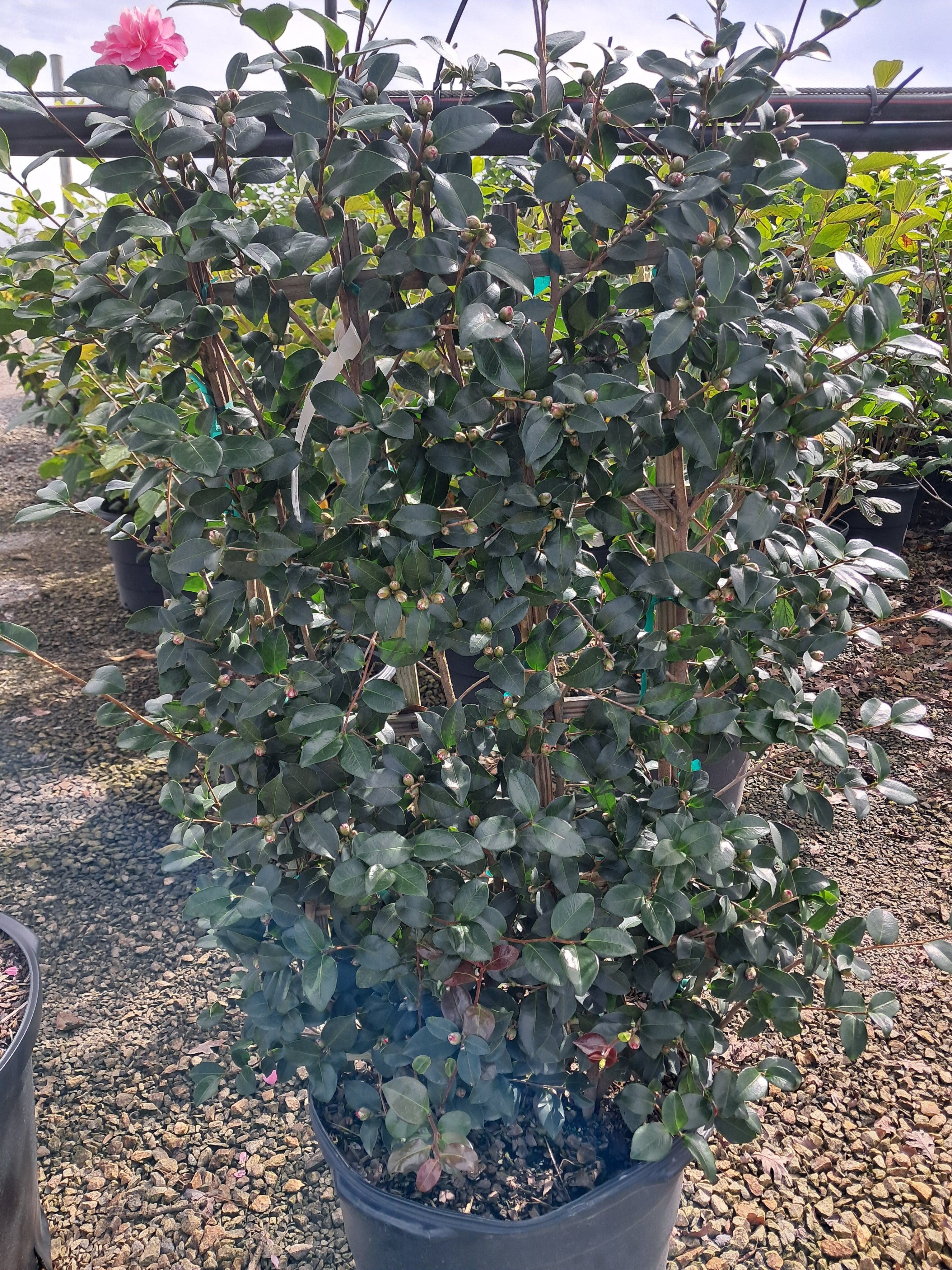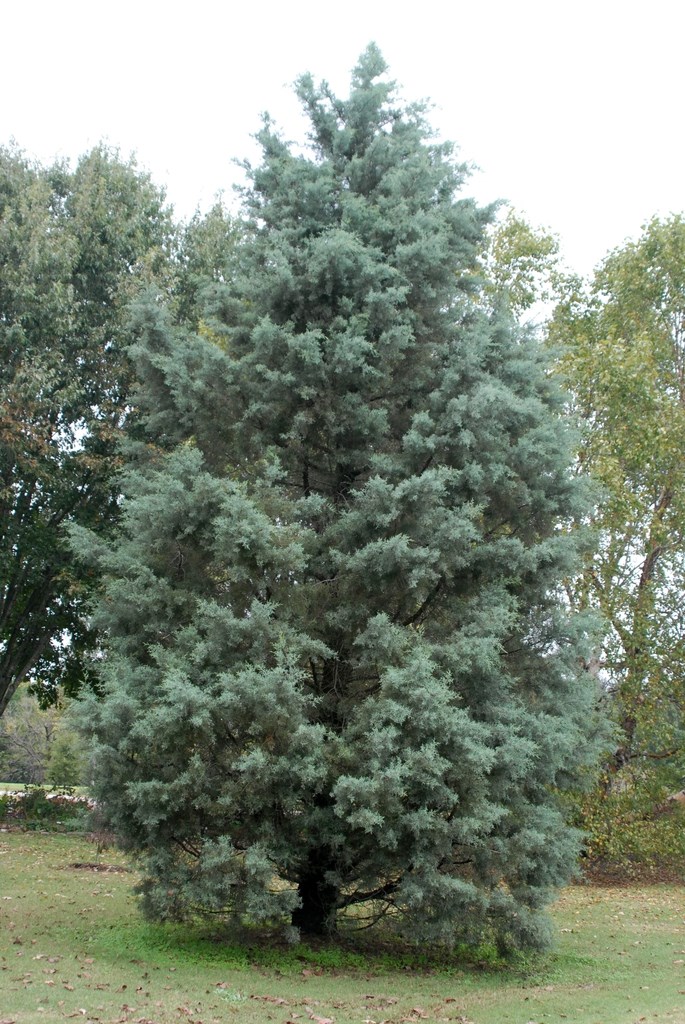919-552-8286
sales@adcocksnursery.com

Grows to 3'- 4' ht. x 1; - 2' sp.
Standing Ovation Little Bluestem is a more tight and upright version of original Bluestems, with the same great attributes of being a North American native grass. It is low maintenance, adaptable, and drought tolerant with different colors throughout the seasons for year-round interest. A smaller grower that is great for border plantings. Blue-green foliage in summer that turns vibrant shades of purple and red in fall. Also serves as a host plant for butterfly larvae and provides food and shelter for birds and pollinators. Its deep roots help prevent soil erosion, making it a great option for stabilizing landscapes.
Photo Credit: The JC Raulston Arboretum

Grows 5' - 6' ht. & sp.
*** SOLD OUT *** What a beautiful flower this Camellia has! Autumn Spirit is a hybrid between C. oleifera x C. sasanqua and deserves to be a focal point of any garden. It's bright and deep pink peony-shaped blooms are an intense show-stopper, and show up early in the season.
Like most sasanquas, they prefer slightly acidic and moist, rich soil that is well-drained, and they could use a little protection from the brutal afternoon summer heat.
Our plants are espaliered, but these would work well as a corner foundation plant, screen or even in a container.
Photo Credit: NC Extension

Grows 40 to 50 feet tall and 15 to 20 feet wide
Blue Ice Cypress (also called Arizona Cypress) is an elegantly tall, wide, and evergreen tree that grows best in full sun and well-drained soil. It is moderately drought and salt-tolerant and needs little water once established. Built for the brutal heat of North Carolina summers.
The foliage has beautiful, silvery-blue to teal coloration year-round, and the bark is gray to brownish-black. The branches are sturdy but have a lacy appearance, and its aroma and color interest make a great display in holiday greenery.
Blue Ice Cypress is relatively trouble-free and moderately deer-resistant, making it a good choice for screening when compared to other fast-growing evergreen choices. It can be used as a specimen tree or for windbreaks.
Photo Credit: NC Extension